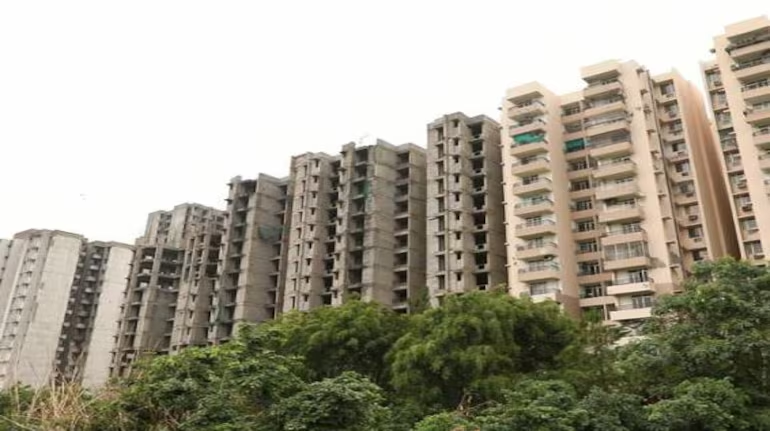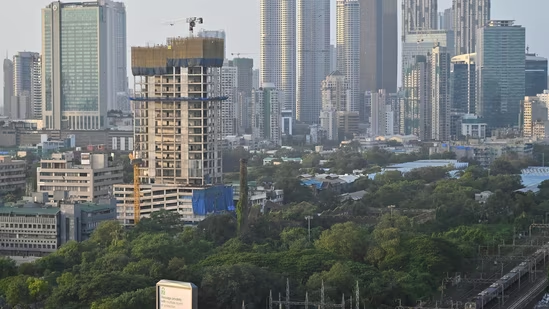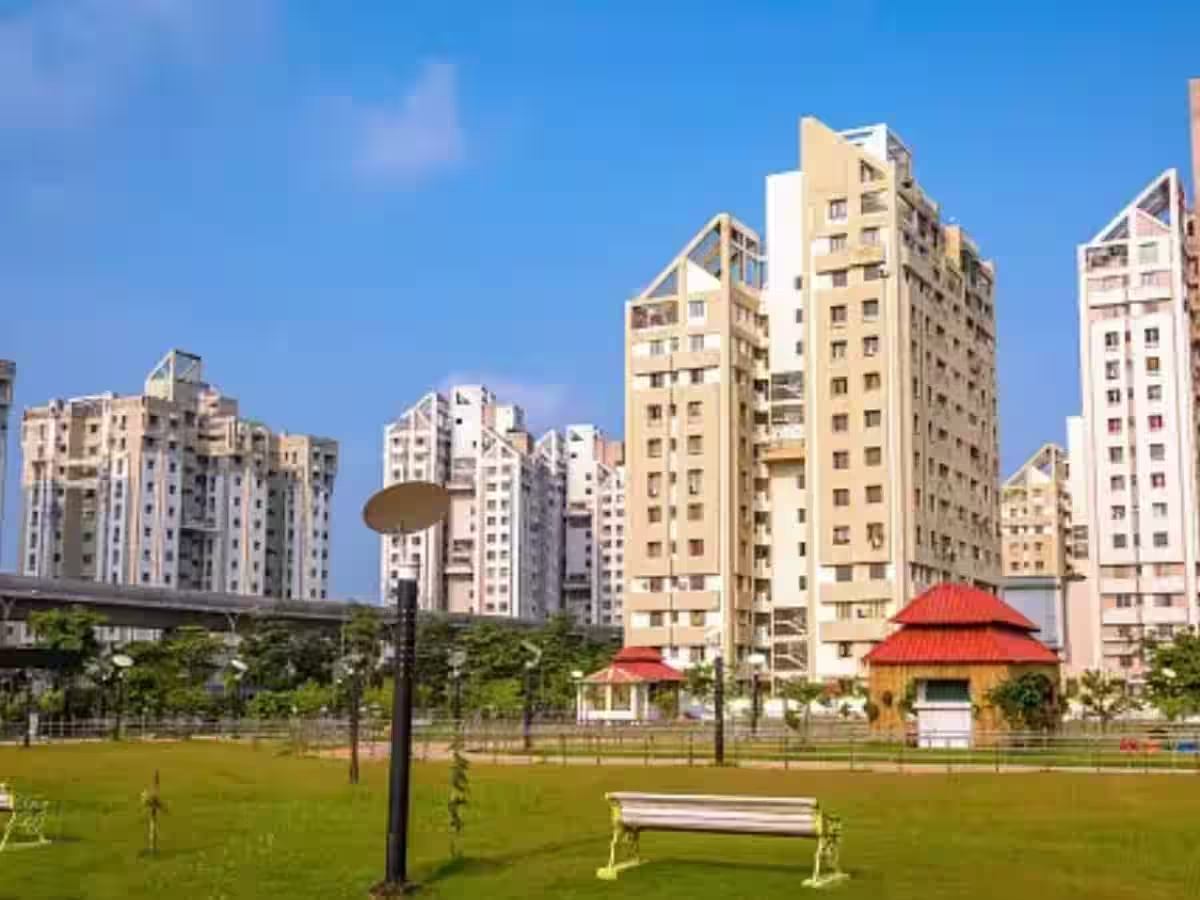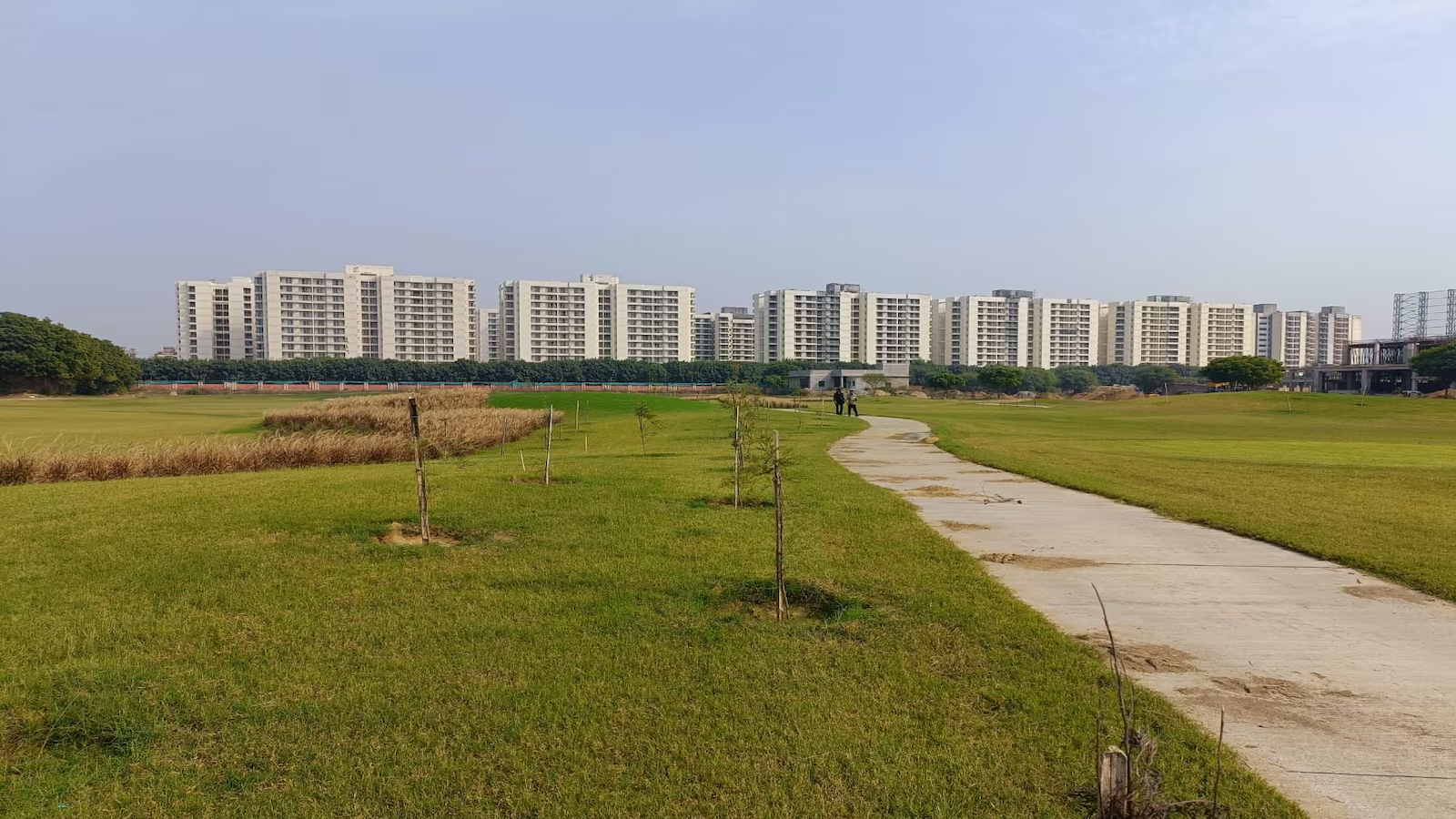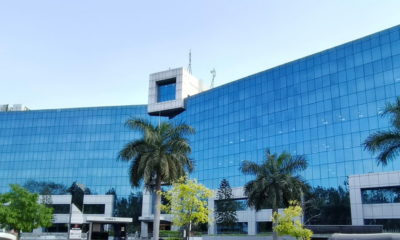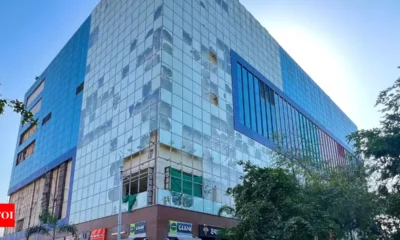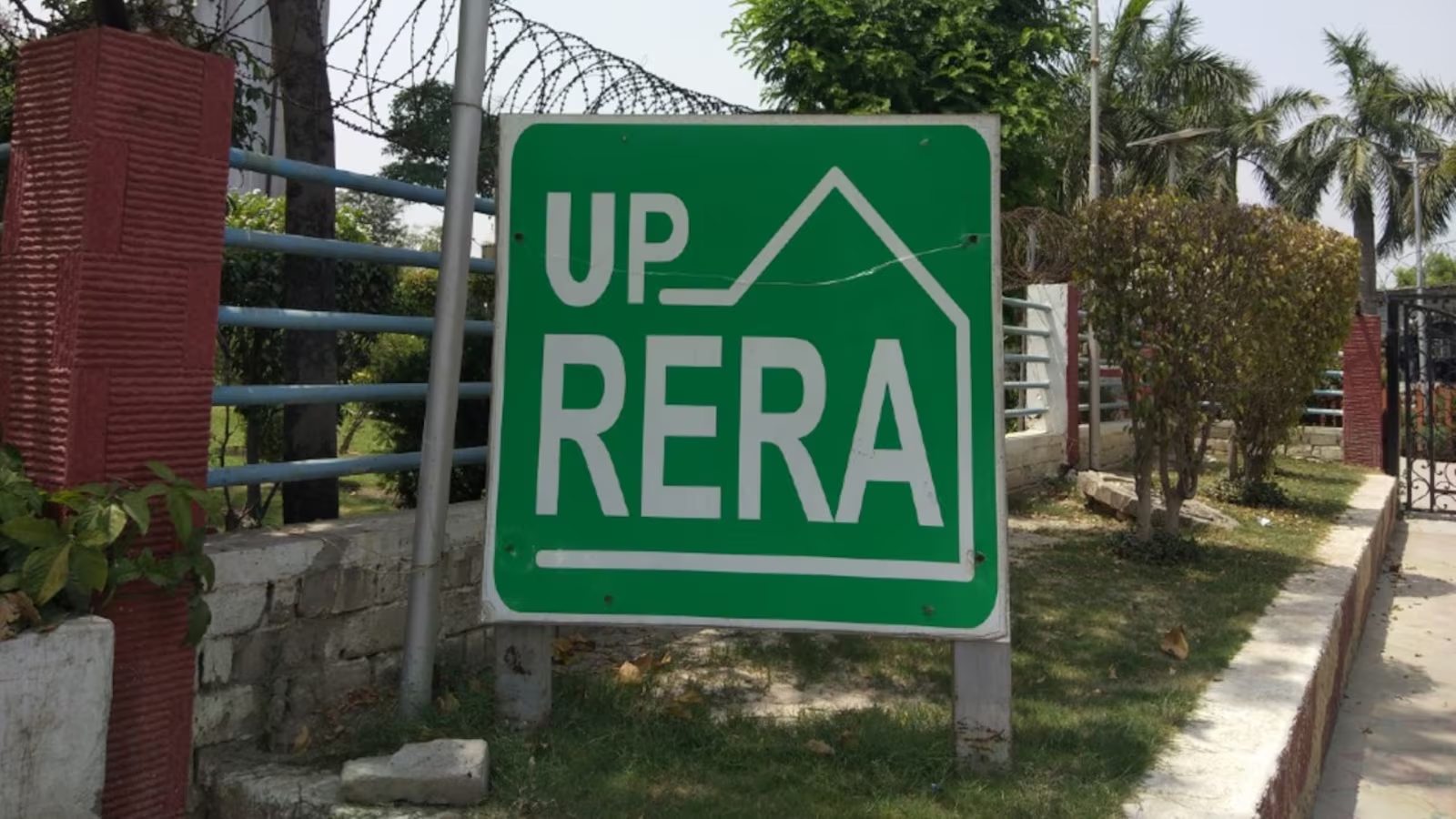News
Railway Budget should encourage more transit-oriented development: JLL


The following is the report by Anuj Puri, Chairman & Country Head, JLL India
With the rail budget coming up, the sheer number of land parcels held by Indian railways across the country makes this entity an important stakeholder in transit-oriented development (TOD). Given that Indian cities will see more migration from the rural areas, urban infrastructure will become a key area of focus for the government. In last year’s railway budget, it was announced that monetisation of assets instead of selling them will the new approach.
Mumbai has always been challenged by its need to transport millions from the suburbs to South Mumbai’s business districts, thanks to its geography and linear, northward expansion. Three suburban railway lines and two express highways operate in full capacity during peak hour. Traffic congestion highlights the need for augmentation and modernisation of existing transit routes.
The case is similar in other metros. Bangalore sees a lot of traffic congestion during the peak hours. Delhi-NCR stands out for its pollution levels constantly hovering around dangerous levels, even though it has better metro connectivity than most other large Indian cities. There is definitely a lot of scope for TOD in all these cities. Tier II cities are not far behind, and could end up congested like the Tier I cities in a few years, given the rapid pace of their expansion.
What is TOD?
TOD is a mixed-use residential and commercial area designed to maximize access to public transport, and often incorporates features to encourage transit ridership. A TOD neighbourhood typically has a centre with a transit (train/ metro) station or stop and residential as well as commercial development around it. TOD interventions aim to significantly shift the mode share away from private motorized vehicles to public transport.
Many cities around the world, such as San Francisco, Vancouver, Hong Kong, Melbourne, Paris, etc., have developed and continue to write policies and strategic plans aimed at reducing automobile dependency and increasing the use of public transit. TOD as a planning tool is new to Indian cities, and quality mass rapid transit systems are also relatively recent here.
Transit-oriented Development In India
Delhi was the first Indian city to move towards a TOD concept. TOD is also a priority area for Mumbai, and was mentioned in its new development plan (DP) 2034 (currently in a draft format and undergoing several revisions). Vashi, CBD Belapur were the first TOD projects in Navi Mumbai, with Seawoods following suit in recent years. Haryana has recently introduced TOD, which will benefit cities like Gurgaon. While some progress has been made, it is still too little and comes almost too late.
Source: JLL Research
The chart above talks about dependency of a city’s population on its public transport. It clearly shows that Mumbai and Delhi are high on public transport dependency when compared to a few other cities. This presents a strong case to further improve the existing infrastructure in order to sustain this public attitude. That will not happen if the road network continues to be built and improved without the rail network keeping pace.
Worth Noting: China has outstripped India (the world’s fourth largest rail network), following an intensive expansion and modernisation of its network over the past two decades. It now has more than six times as much track as India. This budget, we expect the railway minister to look at monetising railways’ land parcels in urban areas through TOD – in order to boost cities’ liveability quotient and modernisation of their skylines. Given the progress of work on infrastructure projects in India, TOD plans should be rolled out across cities soon so that the infrastructure is in place by 2020-25.
-



 News3 weeks ago
News3 weeks agoKW Delhi 6 Mall Onboards New Brands
-



 News4 weeks ago
News4 weeks agoManasum Senior Living Launches IKIGAI GOA, A Senior Living Community in North Goa, in collaboration with Prescon Homes
-



 News2 weeks ago
News2 weeks agoGodrej Properties Sells Rs 3k cr+ Homes of Godrej Zenith, Gurugram, within 3 days
-



 News4 weeks ago
News4 weeks agoBridging India Divide: Top 5 Tier- 2 Cities to Focus On
-



 News3 weeks ago
News3 weeks agoCommercial Realty Gets Tech Savvy: Fast Construction, Enhanced Convenience
-



 News4 weeks ago
News4 weeks agoMultipoint Connection – A Definite Boon
-





 News3 weeks ago
News3 weeks agoRBI’s Status Quo on Key Policy Rates to Help Maintain the Real Estate Growth Momentum, Say Industry Stalwarts
-



 News1 week ago
News1 week agoOlive Announces Dhruv Kalro as Co-Founder







